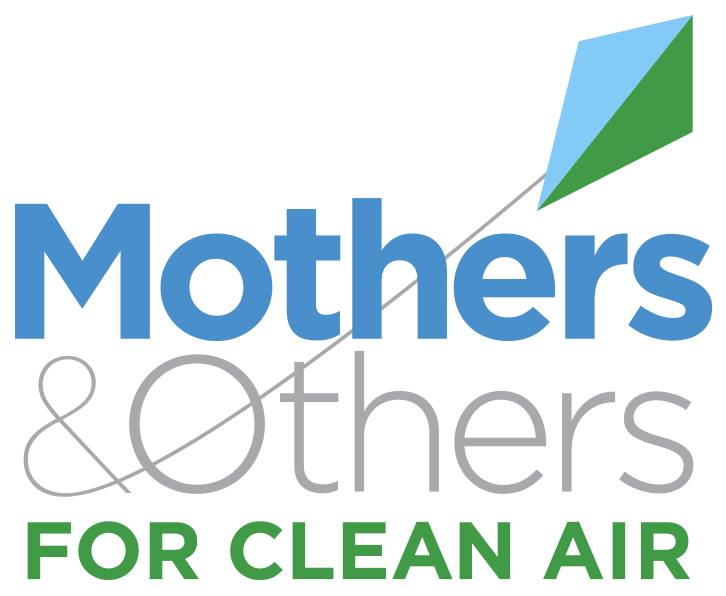Background: Air pollution-attributable disease burdens reported at global, country, state, or county levels mask potential smaller-scale geographic heterogeneity driven by variation in pollution levels and disease rates. Capturing within-city variation in air pollution health impacts is now possible with high-resolution pollutant concentrations.
Objectives: We quantified neighborhood-level variation in air pollution health risks, comparing results from highly spatially resolved pollutant and disease rate data sets available for the Bay Area, California.
Methods: We estimated mortality and morbidity attributable to nitrogen dioxide (
NO
2
), black carbon (BC), and fine particulate matter [PM
≤
2.5
μ
m
in aerodynamic diameter (
PM
2.5
)] using epidemiologically derived health impact functions. We compared geographic distributions of pollution-attributable risk estimates using concentrations from a) mobile monitoring of
NO
2
and BC; and b) models predicting annual
NO
2
, BC and
PM
2.5
concentrations from land-use variables and satellite observations. We also compared results using county vs. census block group (CBG) disease rates.
Results: Estimated pollution-attributable deaths per 100,000 people at the
100
-m
grid-cell level ranged across the Bay Area by a factor of 38, 4, and 5 for
NO
2
[
mean
=
30
(95% CI: 9, 50)], BC [
mean
=
2
(95% CI: 1, 2)], and
PM
2.5
, [
mean
=
49
(95% CI: 33, 64)]. Applying concentrations from mobile monitoring and land-use regression (LUR) models in Oakland neighborhoods yielded similar spatial patterns of estimated grid-cell-level
NO
2
-attributable
mortality rates. Mobile monitoring concentrations captured more heterogeneity [mobile monitoring
mean
=
64
(95% CI: 19, 107) deaths per 100,000 people;
LUR mean
=
101
(95% CI: 30, 167)]. Using CBG-level disease rates instead of county-level disease rates resulted in 15% larger attributable mortality rates for both
NO
2
and
PM
2.5
, with more spatial heterogeneity at the grid-cell-level [
NO
2
CBG
mean
=
41
deaths per 100,000 people (95% CI: 12, 68);
NO
2
county mean
=
38
(95% CI: 11, 64);
PM
2.5
CBG mean
=
59
(95% CI: 40, 77); and
PM
2.5
county mean
=
55
(95% CI: 37, 71)].
Discussion: Air pollutant-attributable health burdens varied substantially between neighborhoods, driven by spatial variation in pollutant concentrations and disease rates.
Published Mar 31, 2021
Southerland VA, Anenberg SC, Harris M, Apte J, Hystad P, van Donkelaar A, Martin RV, Beyers M, Roy A. Assessing the Distribution of Air Pollution Health Risks within Cities: A Neighborhood-Scale Analysis Leveraging High-Resolution Data Sets in the Bay Area, California. Environ Health Perspect. 2021 Mar;129(3):37006. doi: 10.1289/EHP7679. Epub 2021 Mar 31. PMID: 33787320; PMCID: PMC8011332.
